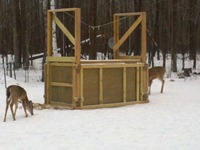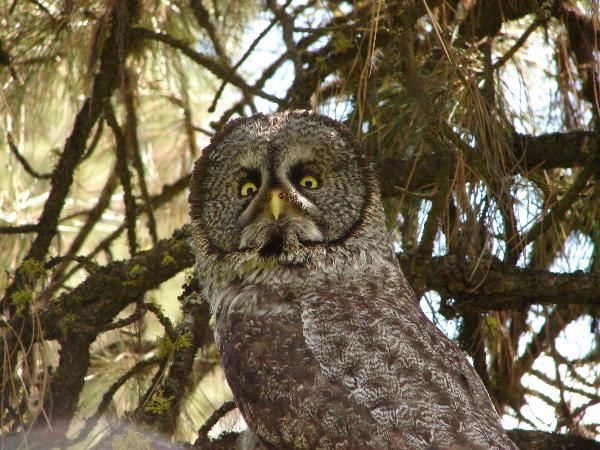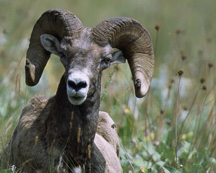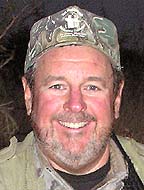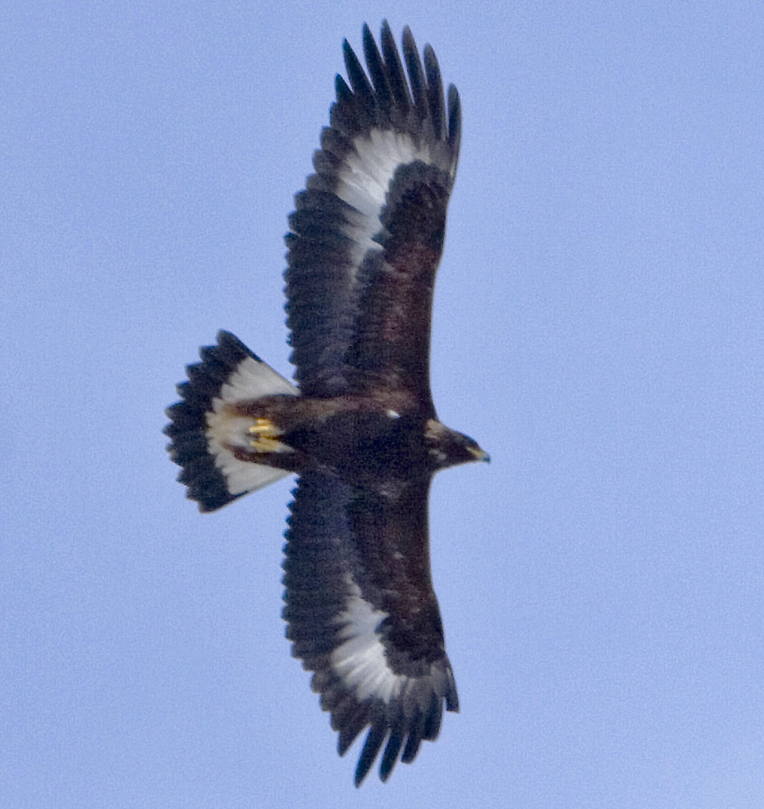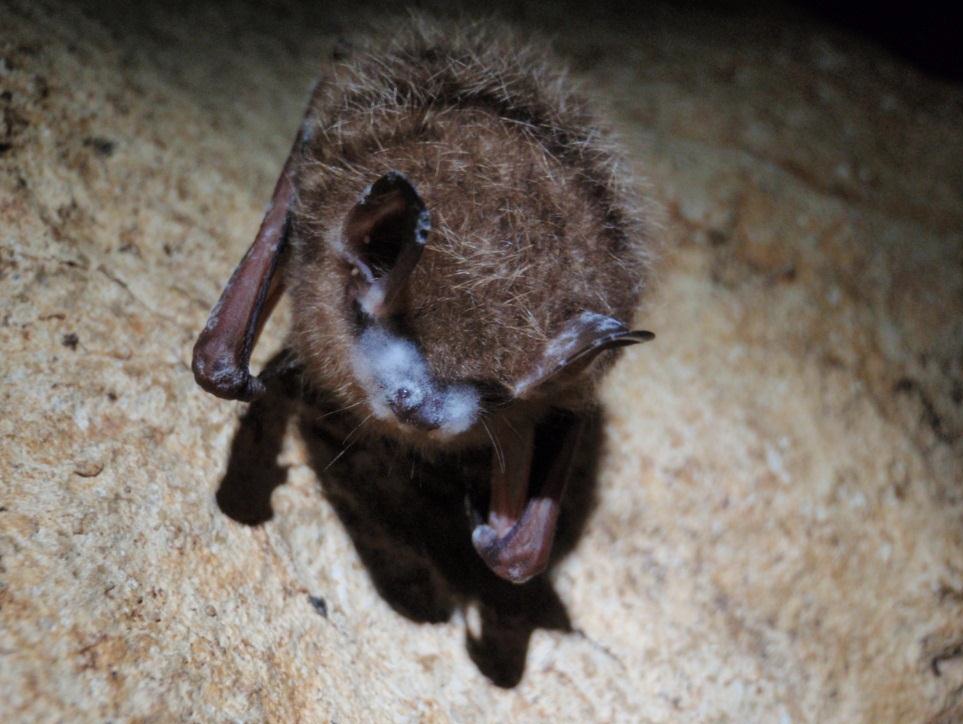 A scientist says that he’s “99 percent sure” that a bat found on Prince Edward Island, in Canada, was killed by white nose syndrome, reports CBC News. The article notes that bats typically don’t over-winter on Prince Edward Island and that this one may have blown in from New Brunswick.
A scientist says that he’s “99 percent sure” that a bat found on Prince Edward Island, in Canada, was killed by white nose syndrome, reports CBC News. The article notes that bats typically don’t over-winter on Prince Edward Island and that this one may have blown in from New Brunswick.
Read the CBC News article here.
Bats in yet another national park, Cumblerland Gap National Historical Park, have been stricken by white nose syndrome, the National Park Service reports. For those of you keeping score, that brings the number to 10 parks where white nose syndrome has struck.
Three bats tested positive for the disease, the press release says, and two had visible signs. At least one of the bats was an eastern pipistrelle. The park contains more than 30 caves.
The park press release has the most information. Read it here. (PDF)
General information about WNS in national parks is in this press release.
An article in the Marietta Daily Journal summarizes the press release. Read it here.
Photo: An eastern pipistrelle bat found at Cumberland Gap National Historical Park shows visible signs of white-nose syndrome. Courtesy of the National Park Service.

